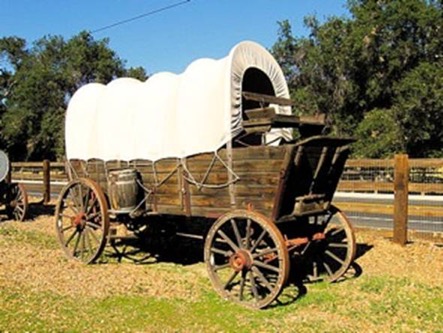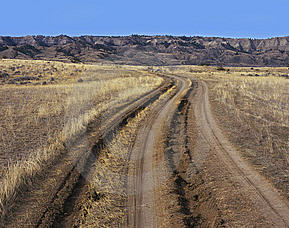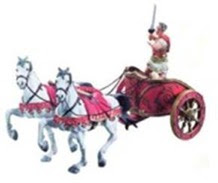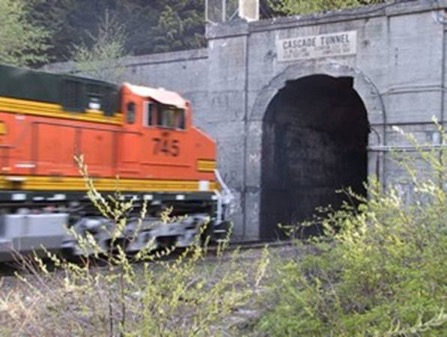A friend of mine forwarded this email to me. This is pretty amazing.
_______________________________________________________________________________________________
For better or worse, there are so, so, so many ways we are still living in the shadow of Rome. The pictures were included in the email. I thought of altering the text a bit, and you will see why. But, in the end (pun fully intended) I decided to leave the text alone.
This makes the email PG-13, but I think it’s worth it.
The U.S. Standard railroad gauge (distance between the rails) is 4 feet, 8.5 inches.
That’s an exceedingly odd number.
Why was that gauge used?
Because that’s the way they built them in England, and English expatriates designed the U.S. Railroads.
Why did the English build them like that?
Because the first rail lines were built by the same people who built the pre-railroad tramways, and that’s the gauge they used.
Why did ‘they’ use that gauge then?
Because the people who built the tramways used the same jigs and tools that they had used for building wagons, which used that wheel spacing.
So, who built those old rutted roads? Imperial Rome built the first long distance roads in Europe (including England) for their legions. Those roads have been used ever since.
And the ruts in the roads?
Roman war chariots formed the initial ruts, which everyone else had to match for fear of destroying their wagon wheels.
Since the chariots were made for Imperial Rome, they were all alike in the matter of wheel spacing.
Therefore, the United States standard railroad gauge of 4 feet, 8.5 inches is derived from the original specifications for an Imperial Roman war chariot.
In other words, bureaucracies live forever. So the next time you are handed a specification, procedure, or process, and wonder,
‘What horse’s — came up with this?’ you may be exactly right. Imperial Roman army chariots were made just wide enough to accommodate the rear ends of two war horses.
Now, the twist to the story:
When you see a Space Shuttle sitting on its launch pad, you will notice that there are two big booster rockets attached to the sides of the main fuel tank. These are solid rocket boosters, or SRBs. The SRBs are made by Thiokol at their factory in Utah.
The engineers who designed the SRBs would have preferred to make them a bit larger, but the SRBs had to be shipped by train from the factory to the launch site.
The railroad line from the factory happens to run through a tunnel in the mountains and the SRBs had to fit through that tunnel..
The tunnel is slightly wider than the railroad track, and the railroad track, as you now know, is about as wide as two horses’ behinds.
So, a major Space Shuttle design feature of what is arguably the world’s most advanced transportation system was determined over two thousand years ago by the width of a horse’s —
And you thought being a horse’s — wasn’t important! Now you know, horses’ —– control almost everything.
Explains a whole lot of stuff, doesn’t it?
____________________________________________________________
Honestly, the amount of Latin in English is astonishing. I’ve been studying Latin for decades now, and I am still surprised by some of the things I find.
If you are learning Latin, I have written a book with all of my best tips and strategies. It’s available as a free download here: https://dwanethomas.com/downloads/via-latin-lost/
If you are interested in learning Latin, you can go through the classes on my site 24/7. I recommend the book Lingua Latina by Hans Ørberg. If you tackle the book and find yourself bogged down, you may find the classes on my site helpful. To join, just click here: https://dwanethomas.com/join/
If you want a more professionally filmed experience, check out the best-selling DVD series: Visual Latin.
Or, if you want to skip Latin, and just jump right into learning English words from Latin and Greek roots, you may enjoy the series Word up! Warning. Word up! is a bit wacky. You will learn a lot… but, you may find yourself rolling your eyes, too.











